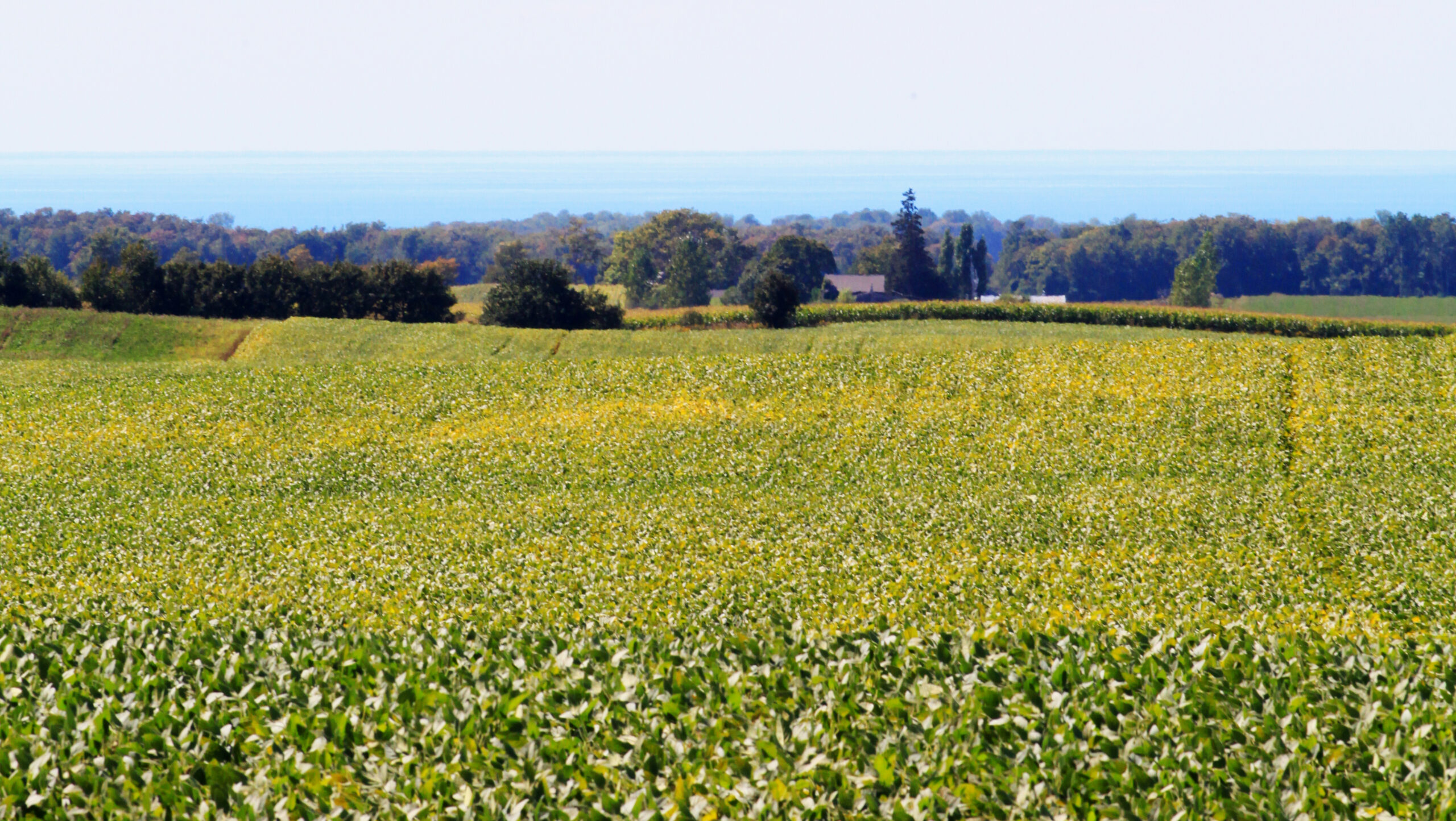Planning & Development
We’re preparing for our future.
Planning & Development makes plans and takes action alongside the community to achieve a healthy, prosperous, and sustainable future for Huron County. We connect Huron’s past, present, and future so our community can thrive.
Our service areas include:
Contact Planning & Development
County of Huron |
Planning & Development
57 Napier Street, 2nd Floor
Goderich, ON
N7A 1W2
Phone: 519.524.8394, ext 3
Toll Free: 1.888.524.8394, ext 3
Hours:
Monday – Friday 8:30 a.m. – 4:30 p.m.







